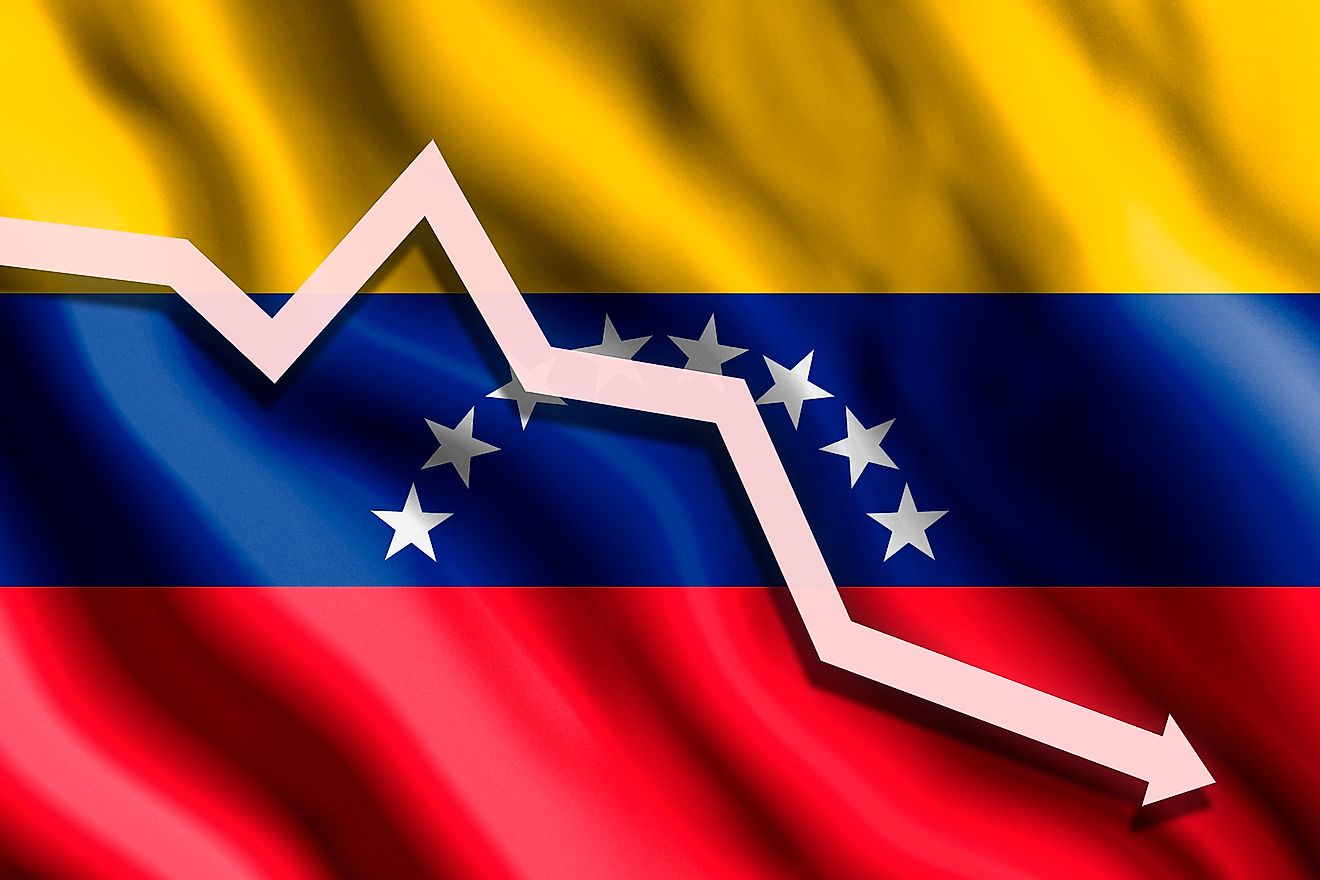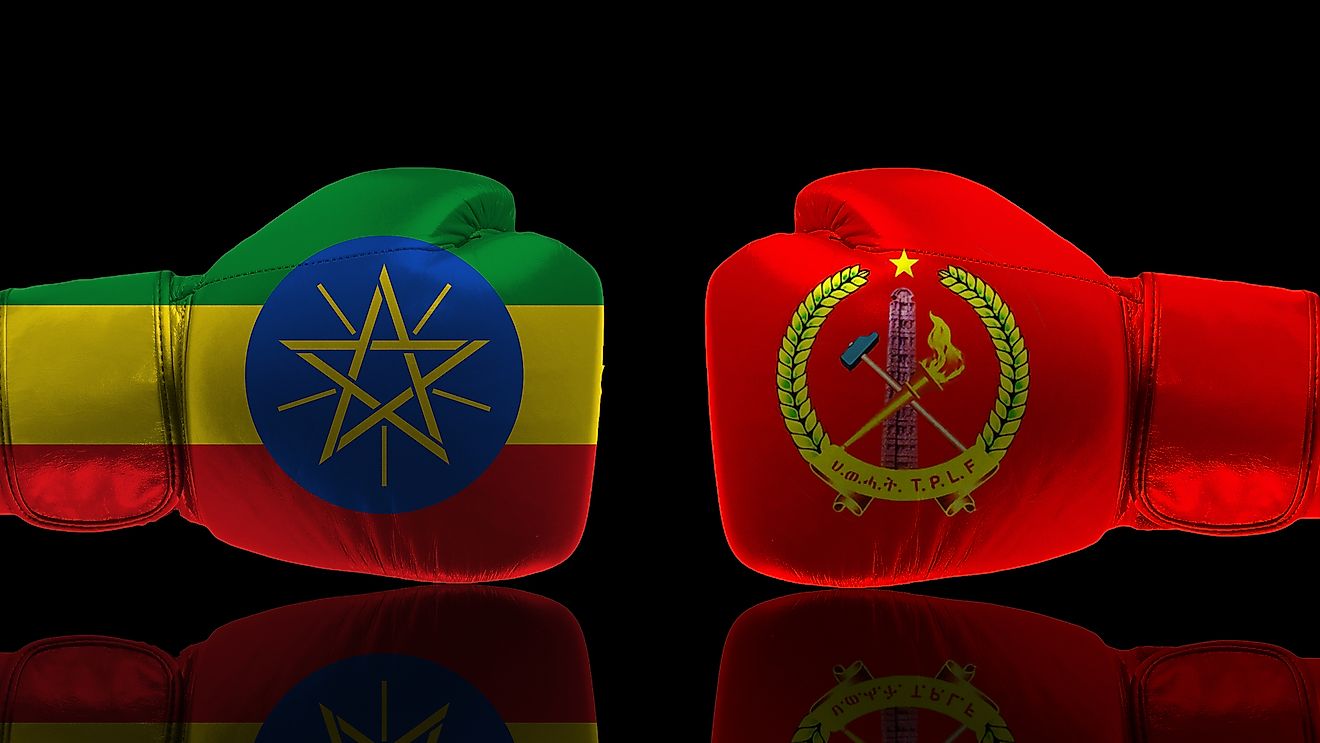Warsaw Pact
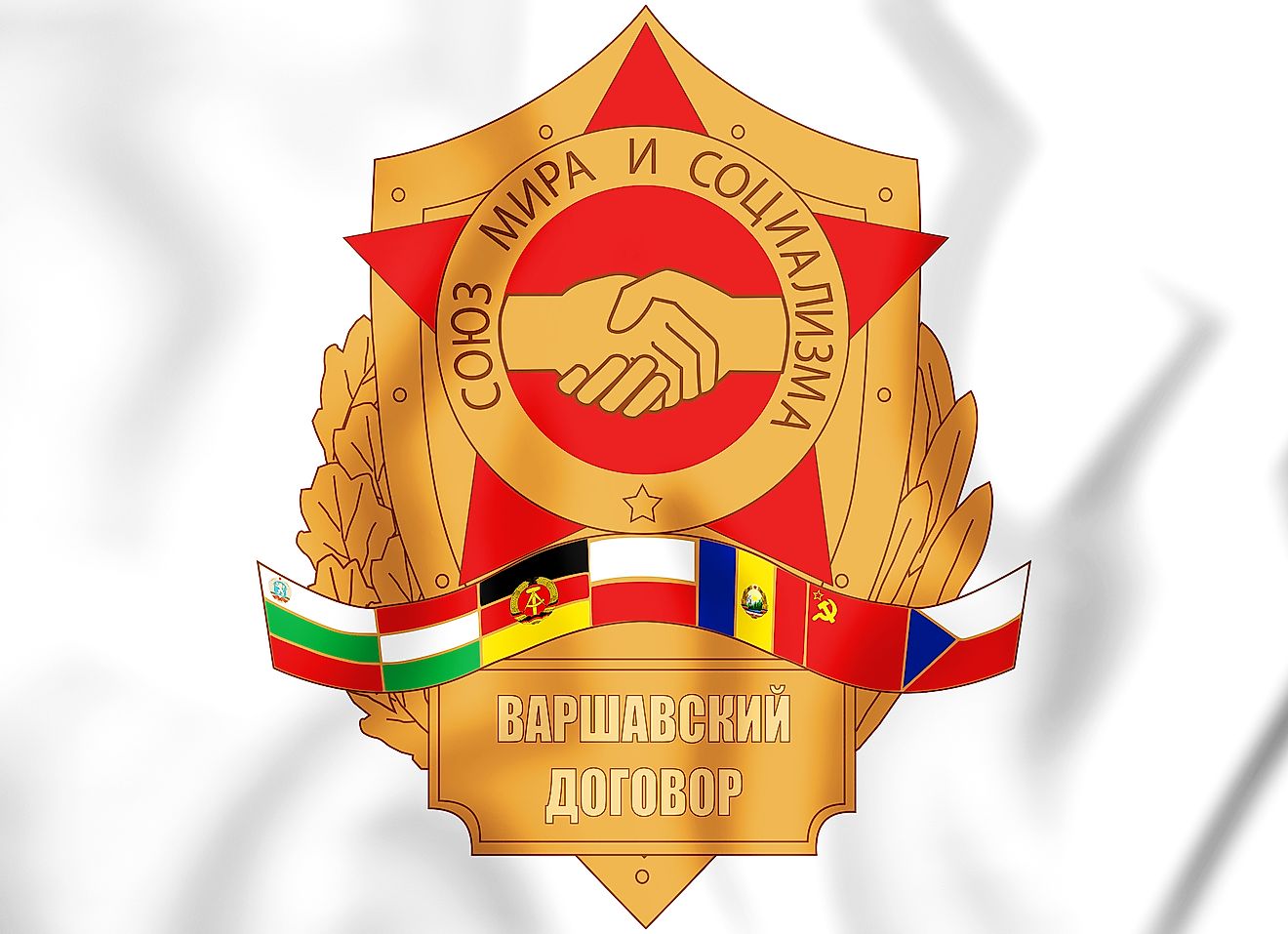
- The Warsaw Pact was a political and military alliance made up of the Soviet Union and the communist states of Eastern Europe.
- The original members of the Warsaw Pact were the Soviet Union, Albania, Poland, Romania, Hungary, East Germany, Czechoslovakia, and Bulgaria.
- In theory, the Warsaw Pact allowed for collective decision-making by all of the members of the alliance. In practice, the USSR effectively controlled the organization.
- The Warsaw Pact came to an end in 1991, following the collapse of communism in Eastern Europe, and shortly before the dissolution of the Soviet Union.
On May 14, 1955, the Soviet Union and the other communist states of Eastern Europe came together to form the Warsaw Pact, a political and military alliance that would come to serve as the main rival to the Western military alliance known as the North Atlantic Treaty Organization (NATO). In fact, the basic idea behind the Warsaw Pact was similar to that of NATO, as it involved the idea of collective security. Unlike NATO, however, the Warsaw Pact was under the firm control of its largest and most powerful member, the USSR. The Soviet Union controlled every facet of the military alliance until 1991, when the Warsaw Pact ceased to exist.
Formation Of The Warsaw Pact
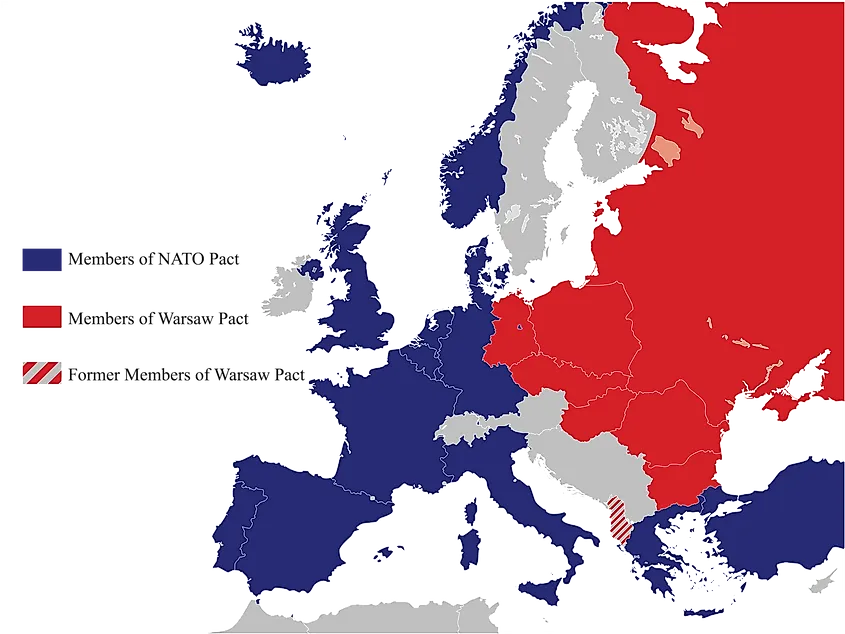
As its name implies, the Warsaw Pact was established in Warsaw, the capital of Poland. It was actually called the Warsaw Treaty Organization, though it was commonly referred to as the Warsaw Pact, at least in the West. According to the introduction of the Warsaw Treaty, the military alliance was formed in response to the decision of the Western powers to allow West Germany to arm itself again, for the first time since World War II, and include it as part of NATO. The Warsaw Pact was comprised of 8 countries: the Soviet Union, Albania, Poland, Romania, Hungary, East Germany, Czechoslovakia, and Bulgaria. All of these countries were communist states.
In addition to being a response to the possibility of a rearmed West Germany, the Warsaw Pact was also meant to be a counterbalance against NATO. The idea was that the communist military alliance could contain NATO and also make it so that the communist bloc could negotiate with the West on an equal footing. Like NATO, the Warsaw Pact included a pledge by members to come to each other’s defense if one or more members came under attack.
The leaders of the Soviet Union also believed that the Warsaw Pact could help them contain unrest in Eastern European countries. Indeed, the USSR used the Warsaw Pact to crush uprisings in Hungary in 1956, Czechoslovakia in 1968, and Poland in 1981. This happened despite the pact emphasizing that its members were not to interfere in each other’s internal affairs.
Structure Of The Warsaw Pact
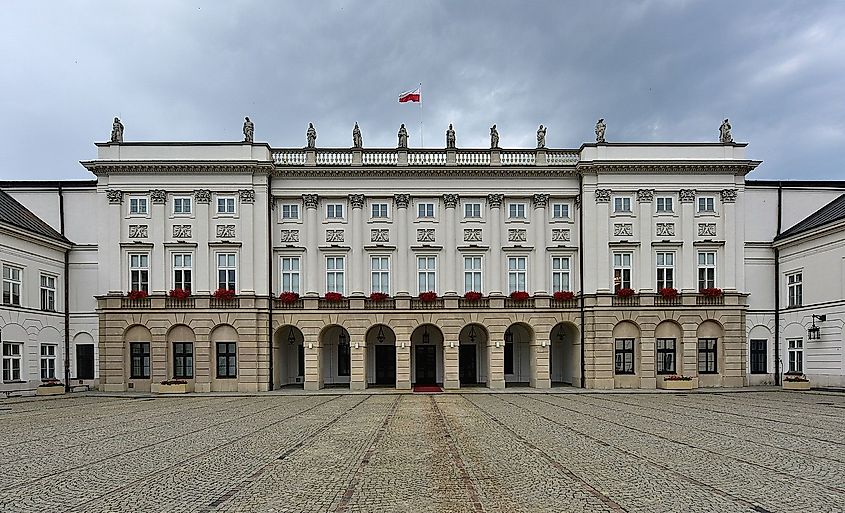
The Warsaw Pact supposedly put mechanisms in place that allowed for collective decision-making. The real power in the Warsaw Pact, however, lay in the hands of the Soviet Union. In fact, the communist military alliance effectively put all the military forces of its member countries under Soviet command. Other members of the alliance were excluded from peacetime regional strategic-operational commands. They also had no say on the use of nuclear weapons, and held none of the key command posts. The only matter in which the other members of the Warsaw Pact had any input was the conduct of joint maneuvers and military exercises.
There were both positive and negative aspects of Soviet dominance over the communist military alliance in terms of any possible armed conflict with the West. The positive aspect was that decisions in the Warsaw Pact could be made more efficiently than in NATO, where decisions DO have to be made collectively among its members. At the same time, however, without the input of the non-Soviet members of the Warsaw Pact, the implementation of decisions would be a lot less efficient.
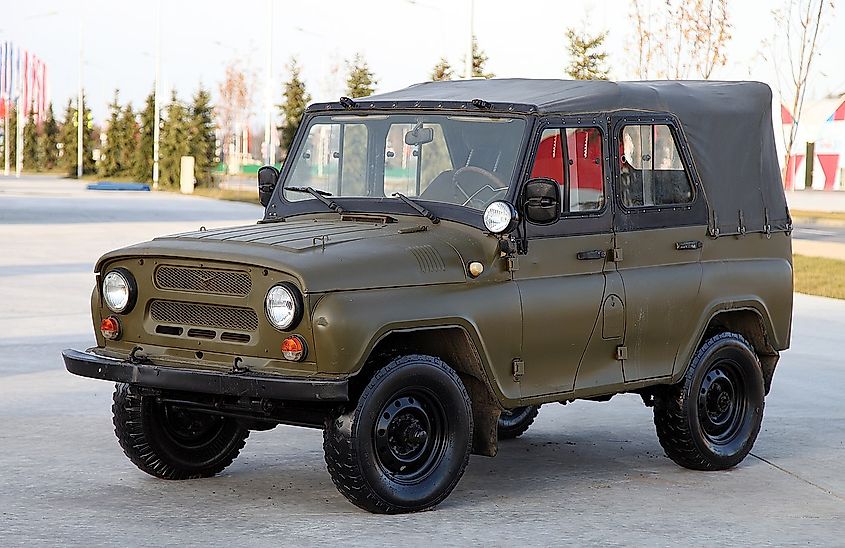
The highest organizational body of the Warsaw Pact was the Political Consultative Committee. The Commander-in-Chief of the Joint Armed Forces was directly responsible to this committee, and was in charge of overseeing the readiness of the alliance’s military forces. Not surprisingly, the Political Consultative Committee was subordinate to the Defense Council of the USSR. This Defense Council had control over the Ministries of Defense in each Warsaw Pact country. These defense ministries, in turn, coordinated all matters with the Soviet Ministry of Defense.
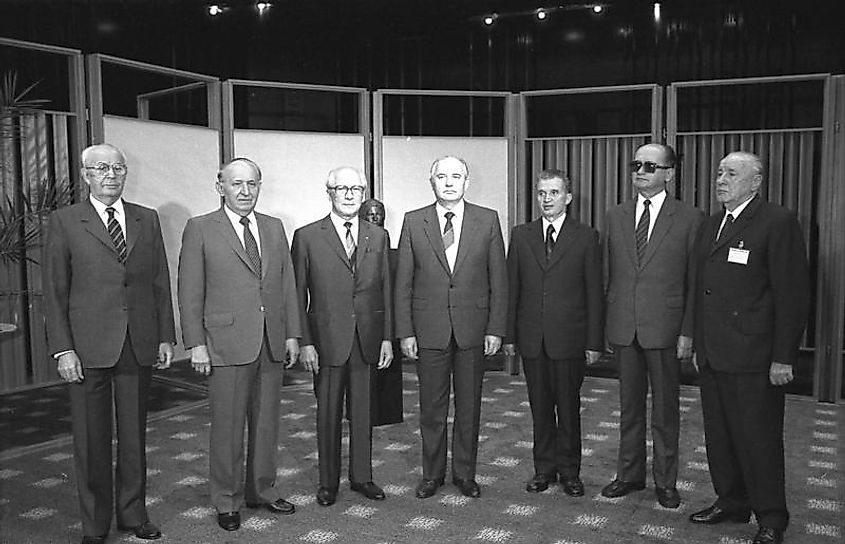
There was also a Committee of Defense Ministries that acted in an advisory role to the Political Consultative Committee. Another body, the Military Council, issued recommendations to the Commander-in-Chief. Both the Committee of Defense Ministries and the Military Council had representatives from the non-Soviet Warsaw Pact members, but the Soviets were still preeminent, and the Commander-in-Chief was always a Soviet general.
In many cases, the non-Soviet members did not even have knowledge of the alliance’s war plans, as these were all made in secret by the Soviet Union. In addition, there were representatives sent to all the non-Soviet members to monitor their armies. These representatives were all Soviets, as were members of their staffs. In fact, 70% of the personnel in the Warsaw Pact’s Joint Armed Forces were Soviet. At the same time, the Soviet Union, although being a member of the pact itself, did not allow its own forces to be put under the command of the organization.
Dissolution Of The Warsaw Pact
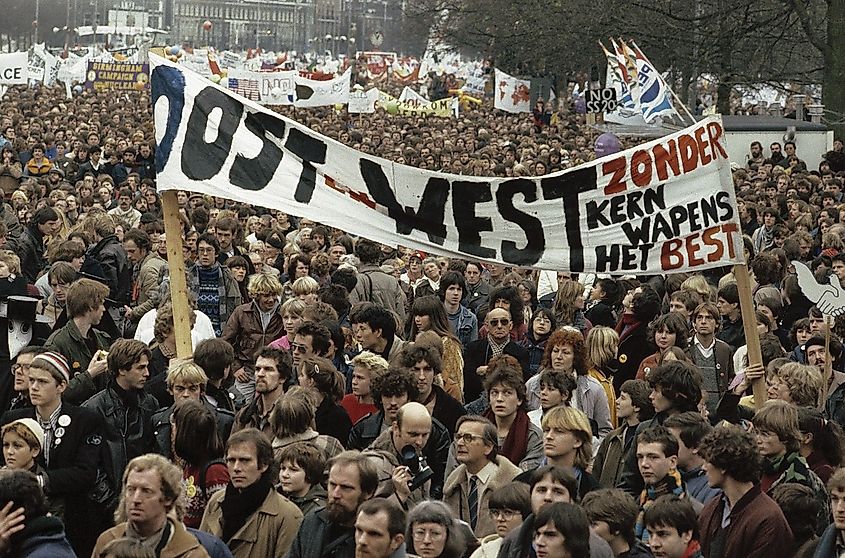
The Warsaw Pact remained intact until 1991, though Albania was expelled from the alliance in 1962, when its regime disagreed with the leadership of the USSR on matters concerning communist ideology. By the 1980s, however, the Warsaw Pact started to crack with the rise of non-communist, pro-democracy movements in the alliance’s member states. In addition, the members of the military alliance were suffering from economic hardships. By the late 1980s, political changes in most of the Warsaw Pact’s member states made the military alliance virtually ineffective.
The first country to pull out of the communist alliance was East Germany. In September of 1990, communist East Germany ceased to exist, merging with West Germany, following the fall of the Berlin Wall a year prior. After East Germany left the Warsaw Pact, the leaders of Czechoslovakia and Poland expressed their desire to leave the alliance. By October of 1990, Czechoslovakia, Hungary, and Poland had withdrawn from all the joint military exercises of the Warsaw Pact. In March of 1991, the military alliance component of the organization was dissolved. Three months later, the last meeting of the Political Consultative Committee took place. This was just five months before the Soviet Union, the architect and dominant power of the Warsaw Pact, was itself dissolved.










